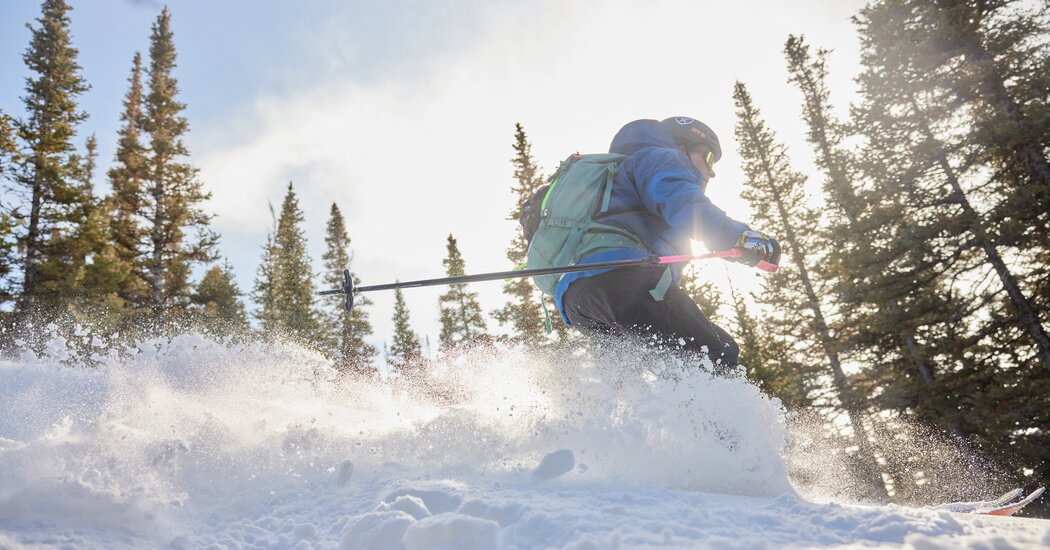I was breathing hard by the time I reached the 9,845-foot peak of Bear Mountain, and it wasn’t just because of the altitude. I had skied all the way up.
Bluebird Backcountry, 1,200-plus acres of terrain about 28 miles east of Steamboat Springs, Colo., is like a ski area without chairlifts, explained Jeff Woodward, its co-founder and chief executive, who stood with me at Bluebird’s high point. But it seemed subtler than that: The area — unique in the nation — offers backcountry skiing that simplifies some of the thorniest parts, like avalanche mitigation and terrain selection.
Backcountry skiing or snowboarding usually means getting away from maintained slopes and resorts. It relies on equipment like skins — pieces of material attached to skis to increase traction for climbing — and bindings that allow the heel to move while traveling uphill and then lock it down for the descent. Backcountry snowboards, or splitboards, come apart into two skis for the climb.
It’s a way to ski untouched snow, away from the crowds of traditional resorts, and it has been the fastest-growing segment of snow sports for nearly a decade, a popularity that only grew during the pandemic. Participation numbers have quadrupled in the past four years, according to a study by Snowsports Industries America, a trade organization focused on outdoor winter activities. Backcountry equipment sales have increased a similar amount in the same time, according to the NPD Group, a market research firm.
But the sport has a steep learning curve, and it can be dangerous. When you ski outside a resort, where the ski patrol manages the terrain, you’re opening yourself up to hazards like avalanches, which kill an average of 27 people in the United States each year, according to the Colorado Avalanche Information Center. This winter, the center reports, there have already been seven avalanche deaths in Colorado alone, and many more people have been injured.
‘A climbing gym for skiing’
I learned to backcountry ski first from my father and then from a boyfriend, and that’s typical of how people have historically tended to pick up the sport: through a close relationship, says Jordan Bohme, Bluebird’s education manager. Either you knew someone experienced who wanted to teach you, he explained, or you invested thousands of dollars in gear and formal avalanche education before you even knew if you liked the sport. “That gatekeeping culture of mentorship, and the expense to buy in, has…
Click Here to Read the Full Original Article at NYT > Travel…
